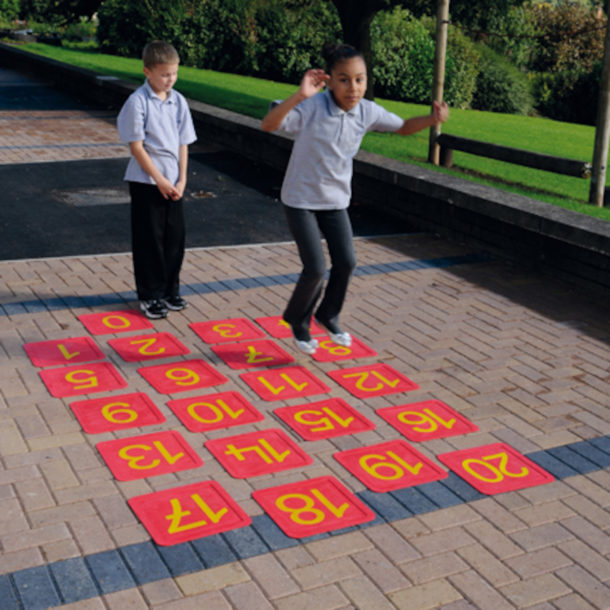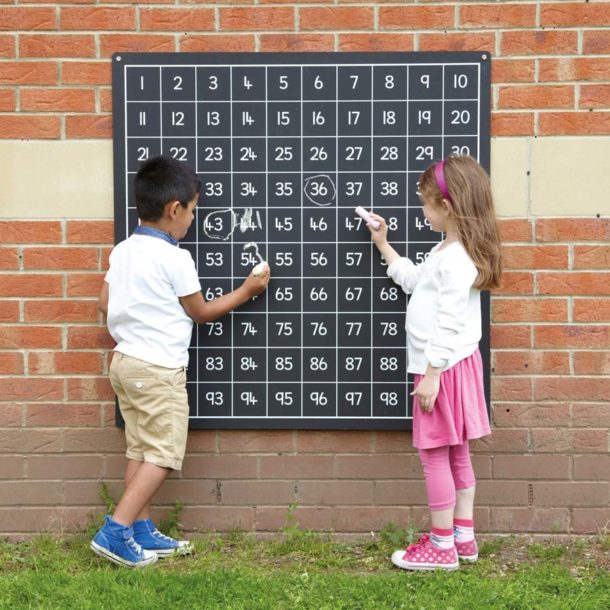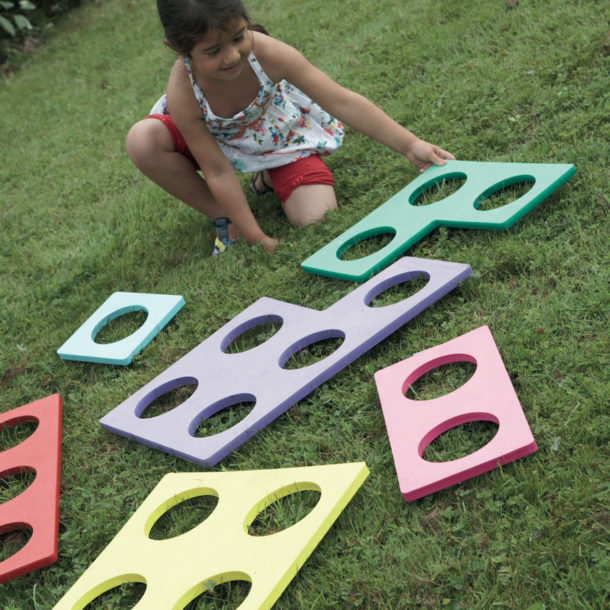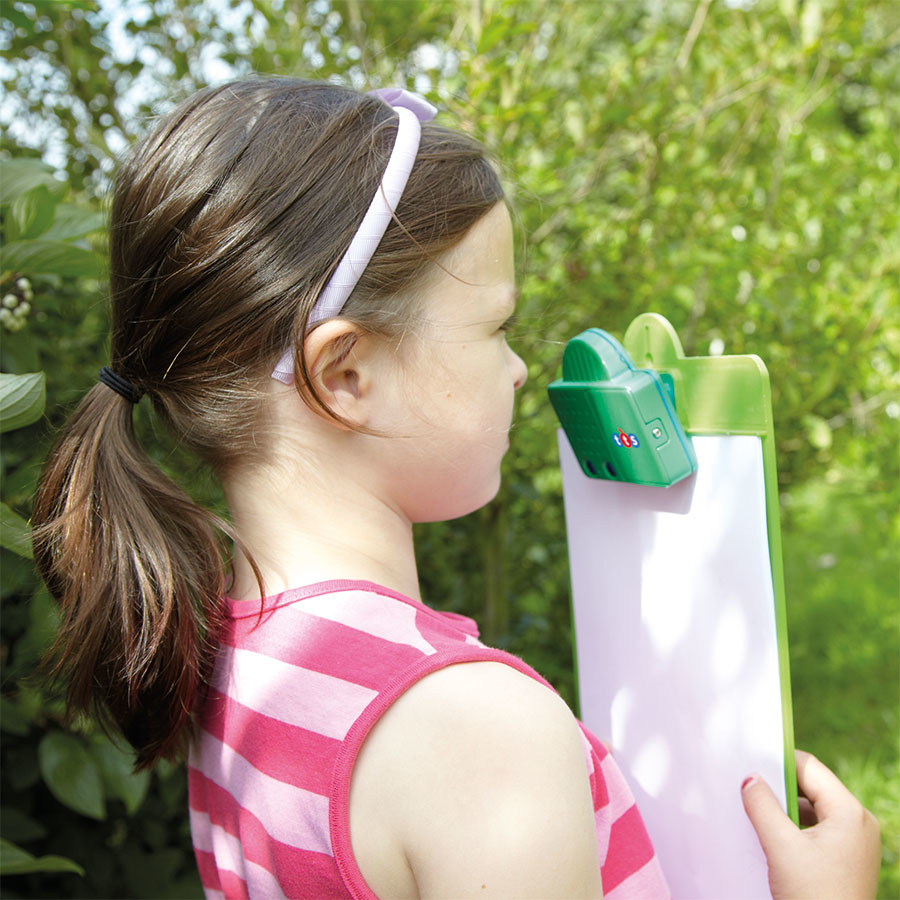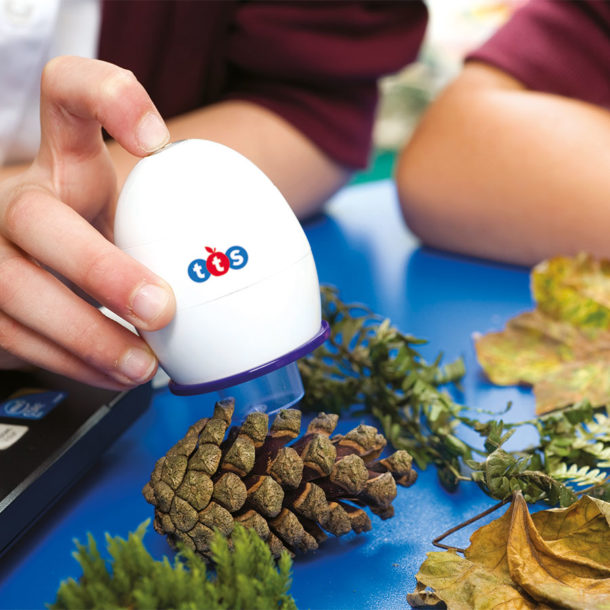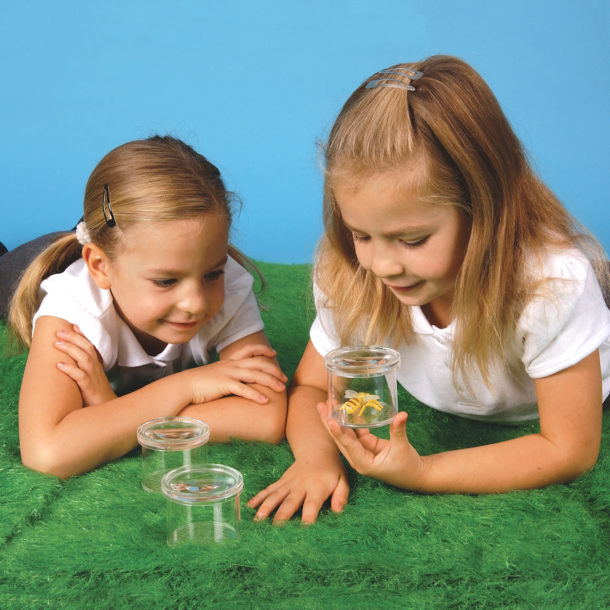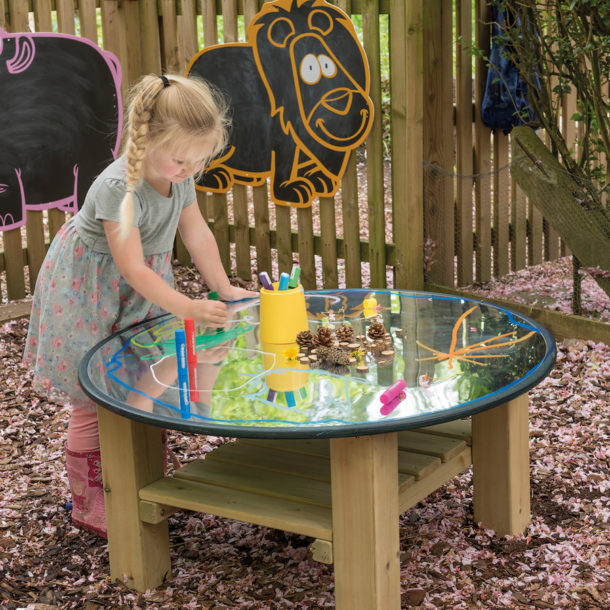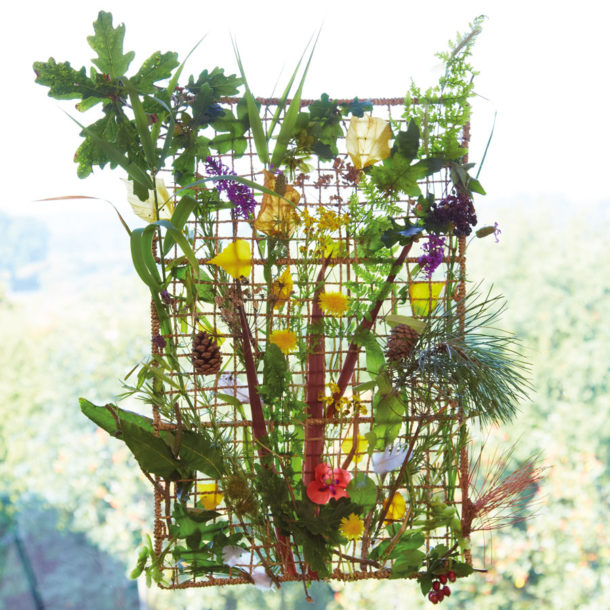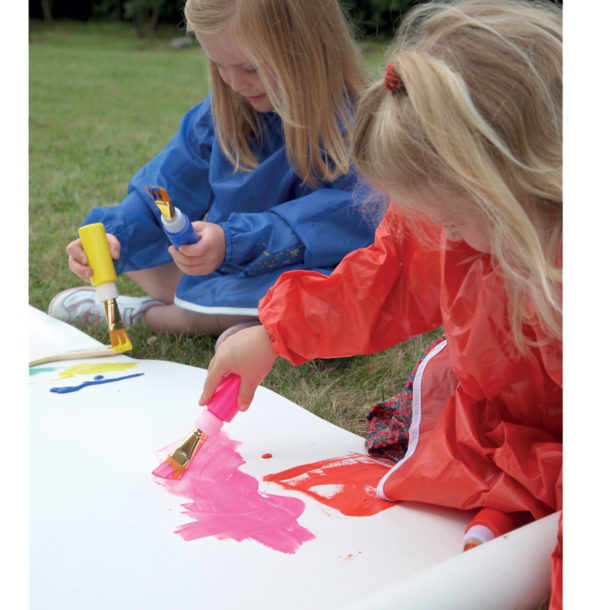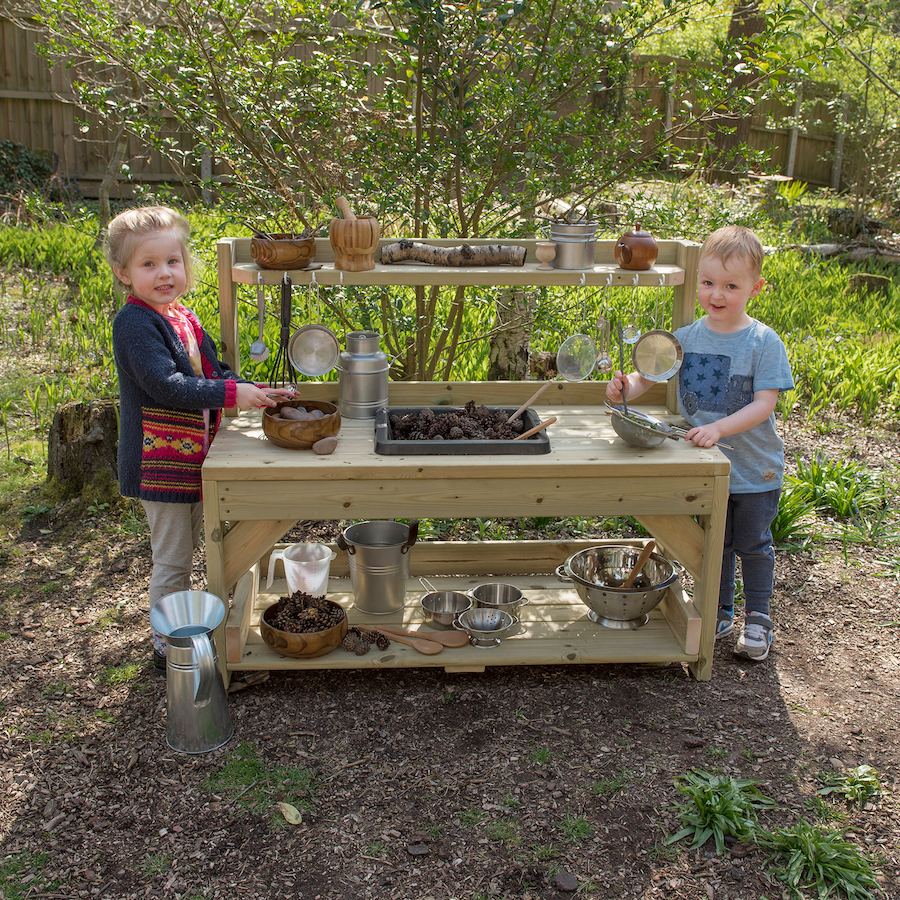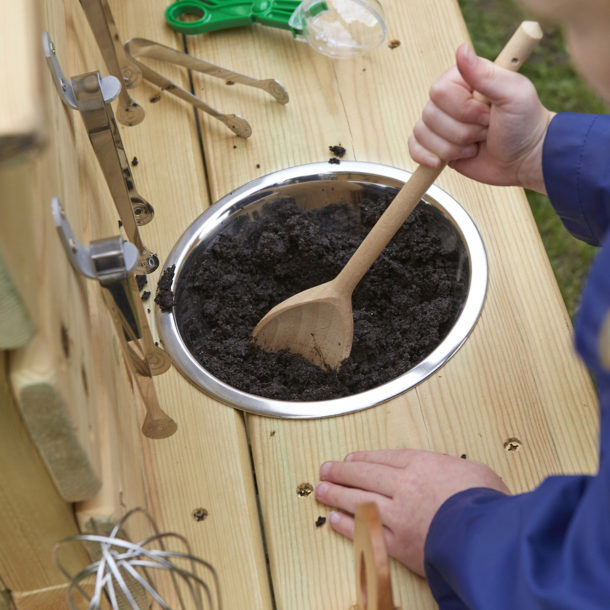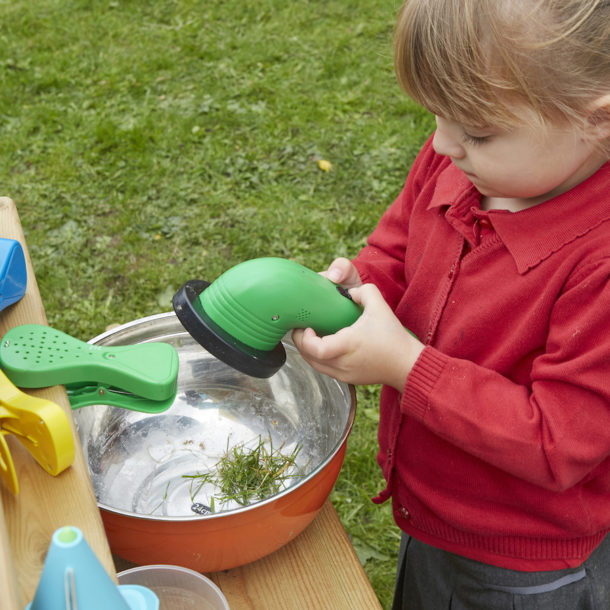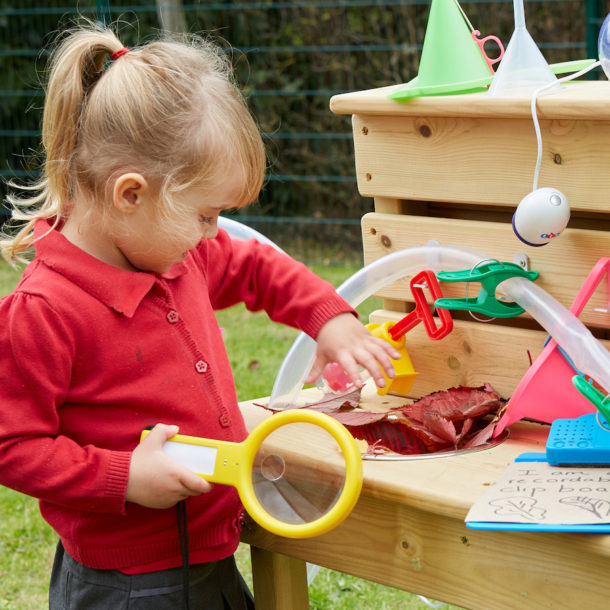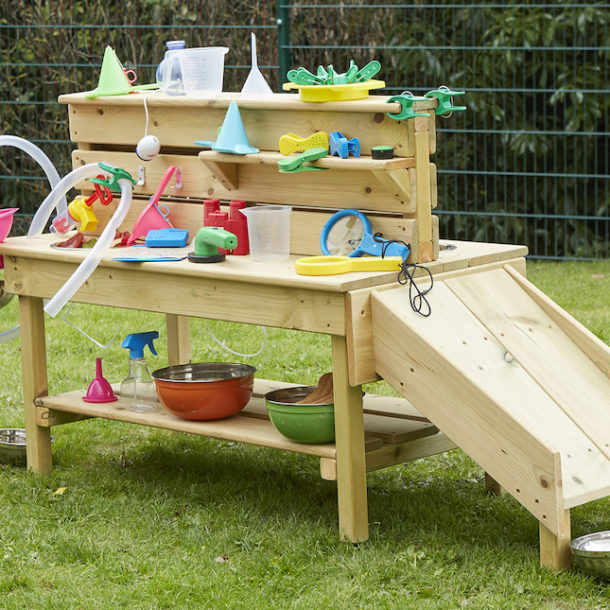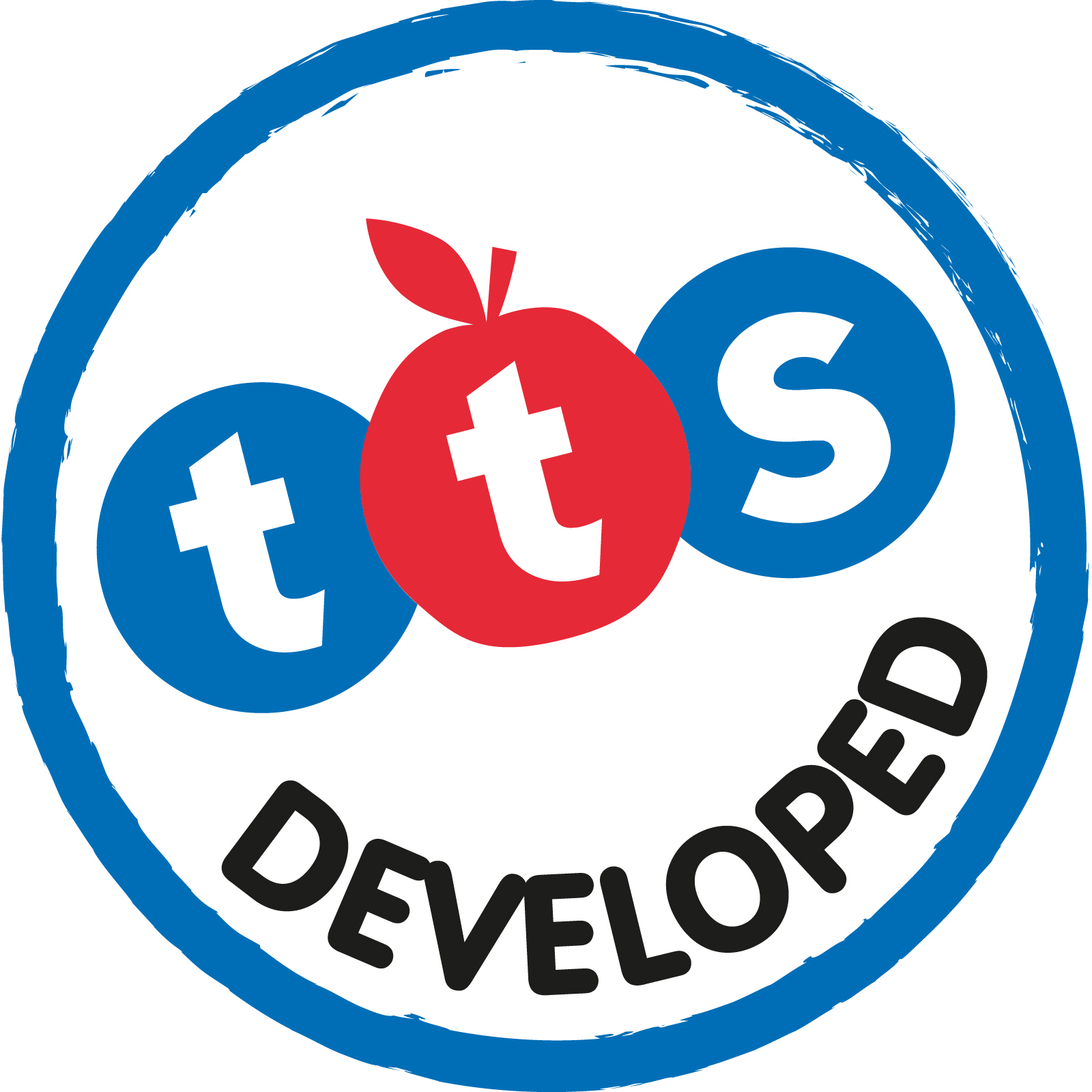We are not saying goodbye to our classrooms; we are opening them up.
Simon Beames, Edinburgh University.
Tried and tested cross-curricular outdoor learning activity ideas:
1. Take maths outdoors!
- How many bricks in a school wall? (estimating, multiplying, surveying skills, measurement etc.)
- Discover the oldest tree on your site (observing, links to Geography, measuring, estimating, dividing etc.)
- Is parking or traffic a problem at your school? What solutions might there be? (Surveys, observing, data collection, number etc.)
- Try various maths games – go on an angle hunt, play spot the shapes – 2D and 3D.
2. Go outside and describe – literacy ideas!
Place a selection of different coloured pebbles in a bag (the pebbles can be left their natural colours, or painted in colours of your choice). In another bag place a selection of adjectives.
Working in pairs pupils:
- Choose a pebble and two adjectives.
- Find natural materials to match the colours and the words.
- Collect sticks to create a picture frame on the ground.
- Arrange the found objects to form a picture to fill the frame.
Taking it further:
- Pupils explain their picture to each other.
- Take a photo of each picture and display with the adjectives.
- Play ‘Guess the Adjective’: look at other pupils’ pictures and work out what adjectives they chose.
Having been outside, children will often be inspired when back in the classroom, to write more creatively and with more freedom. Ask children to write a short poem about their favourite outdoor activities.
3. Spoken language and ICT
Spoken language underpins the development of reading and writing. The quality and variety of language pupils hear and speak are vital for developing their vocabulary, grammar and their understanding for reading and writing. Teachers should therefore ensure the continual development of pupils’ confidence and competence in spoken language and listening skills.
- Encourage reading outdoors.
- Use recordable talking resources to enable children to describe and record their findings.
- Provide microphones and talking clipboards so that children can participate in discussion, presentations, improvisations and debates.
4. Observation and investigation – science
- Bring some real wonder to your lessons by capturing footage of wildlife in action, when nobody is around! Seeing the wildlife that inhabits your school surroundings will really open your children’s eyes. Why not ask your children to try and track the movements of some of the frequent visitors to your school, can they see signs outside of where they might have been away from the camera’s gaze?
- Investigate sound, light and temperature with sensors and thermometers such as the Log-Box. Record findings and discuss back in the classroom.
- Look on in amazement at everyday things very close up with an easy to use microscope! Record your findings and discuss back in the classroom.
Outdoor Shadows – Sometimes the weather allows for spontaneous activity, to really bring a lesson to life. Shadows can be studied in lots of ways, but the most effective is on a nice, sunny day! Try these activities, so you are well prepared when the moment strikes:
- Use chalk to demonstrate that it is quite impossible to draw around your own shadow, but possible to chalk someone else’s outline if they stand nice and still.
- Ask children to lie next to their own shadow tracing to compare sizes. They might measure them.
- Talk about what you can and can’t tell about a person by looking at their shadow.
- Repeat the same activity later in the day from exactly the same spot. What happens to the shadow outlines?
- Why not install a rain gauge for when the shadow activity gets interrupted by the changing nature of British weather!
5. Take art outdoors!
- Use giant outdoor weaving frames to create works of art – these are ideal to brighten up dull railings and fencing. You could also use mirrors, chalkboards or photographic backdrop panels.
- Mirror tables are great for reflections and creating artwork on outdoors.
- Simply roll out some paper and get creative. Use all sorts of materials and implements to create patterns and ‘Big Art’ – why not take off your shoes and socks and dip your feet in paint for a great messy activity.
- Encourage children to collect natural items such as twigs, flowers, acorns, conkers, pine cones, pebbles and create a natural mandala.
- Take leaf and tree bark rubbings – what other interesting items can you take rubbings from?
6. Mud Kitchens, potions, concoctions and mud pies!
A mud kitchen in the heart your setting provides children with a wonderful array of learning opportunities. From encouraging creativity and influencing language development to supporting STEAM learning, messy play has educational relevance across all age groups and curriculum areas. Children will love to mix, mash, blend and sieve materials, whilst developing mathematical, scientific and communication skills. Provide plenty of accessories and ingredients for children to use to their full potential.
7. STEAM
Select resources with STEAM skills in mind. Ignite a sense of discovery as children experience scientific, engineering and mathematical skills in their play. Essentials could include:
- Magnifying glasses
- Mini metal detectors
- Talking Pegs
- Recordable buttons and clipboards
- Potion bottles
- Funnels and tubing
- measuring jugs and various containers
- Microscopes
- Brushes and mixing instruments

